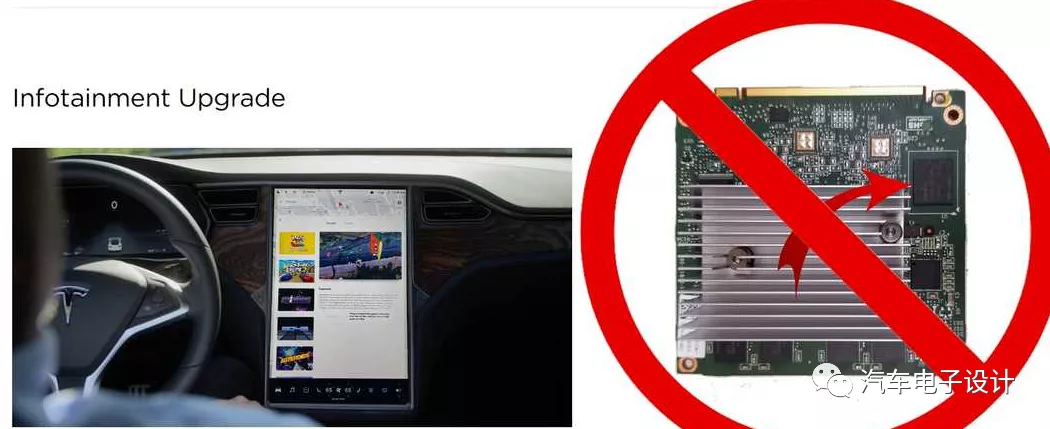Introduction
After the previous uncontrolled risk recall petition was rejected, on January 13th, the US National Highway Traffic Safety Administration (NHTSA) requested Tesla to recall a total of 158,000 Model S and Model X vehicles due to safety risks caused by eMMC NAND Flash failures. This is interesting because objectively speaking, NHTSA is focusing on existing problems. As Tesla grows in size, the traditional car companies recalled will also be imposed on Tesla.
Two-year Tug of War
Looking back at the entire timeline, we can see that this actually happened very early, starting in May 2019, when the NAND eMMC Flash used in the center screen of Model S and Model X began to fail. Its failure will not only cause the in-vehicle display to malfunction; but also cause problems with the vehicle’s important control functions such as air conditioning control, autonomous driving, and lighting control due to the Flash.
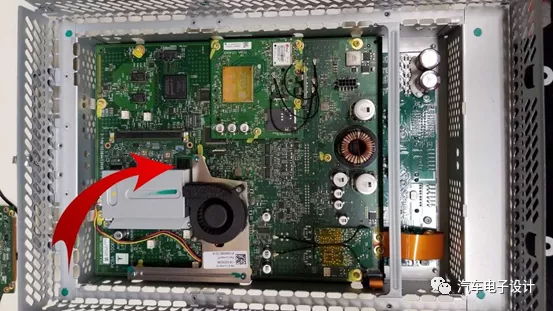
After losing this MCU (Media control unit), although the vehicle has no driving problems, many functions have been severely affected. This Flash is used to regularly update Tesla’s vehicle records. Due to the large amount of data and the 8GB capacity not being quite suitable, the available storage space becomes less and less. The system will overwrite on old data and continue to update, which consumes Flash faster and eventually causes the entire failure.
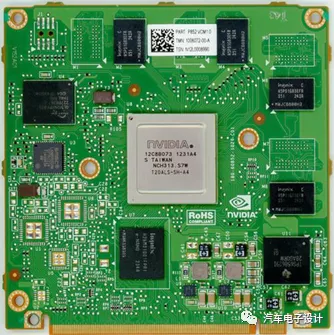
Note: The MCUv1 unit used in Tesla Model S and Model X vehicles before 2018 had Nvidia Tegra Arm-based SoC and 8GB capacity eMMC memory (Hynix H26M42001FMR) installed.Tesla has a relatively simple solution to this problem. They can alleviate the issue by updating firmware and flash erasing. If the vehicle is still within warranty when the flash has a problem, Tesla will replace the entire MCU circuit board. If it’s past the warranty period, the owner needs to bear the cost of replacement, including the replacement of parts and personnel services, which could reach up to $1,800.
The NHTSA is very resolute this time. The reason for the recall is due to the touchscreen malfunction issue, which affects the safety function of the vehicle, such as defogging and reversing images, thus posing safety risks. This process upgraded a safety investigation in November 2020 and officially asked Tesla for a recall on January 13th. Tesla must respond by January 27th. If they object to the recall, they must provide a full explanation to the NHTSA regarding their decision.
From the following qualitative perspective, there are several points worth noting:
1) Tesla itself confirms that due to the choice of Flash 8GB which is not enough, all MCU entertainment controllers will inevitably fail. According to 3000 calculations, the entire life span is 5-6 years.
2) Tesla has its own prediction model for this failure. From 2020 to 2028, the estimated weekly maintenance of the MCU and replacement rate of MCU failures will reach its peak in early 2022, before gradually declining until all replacements are completed in 2028.
3) As of July 2020, the failure rate of MCU for 2012-2015 models is 14.2-17.3% and 1.9-4.1% for MY2016-2018 models. This data corresponds to 2399 complaints and on-site reports, 7777 warranty claims, and 4746 non-warranty claims.
This time, the NHTSA is making Tesla bear the brunt of this design issue. The selected components ultimately caused the problem. If consumers were asked to pay $1800, it would be a big problem. Therefore, it is the responsibility of regulatory authorities to monitor car companies and make improvements.
It’s interesting that the NHTSA made a comparison this time and compelled Tesla to take similar action through other similar issues from other car manufacturers.
1) There were no accidents or recalls resulting from image problems.
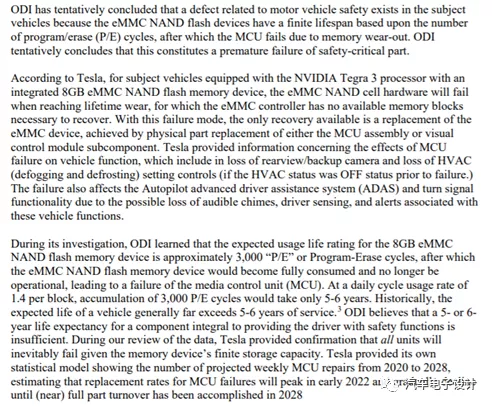
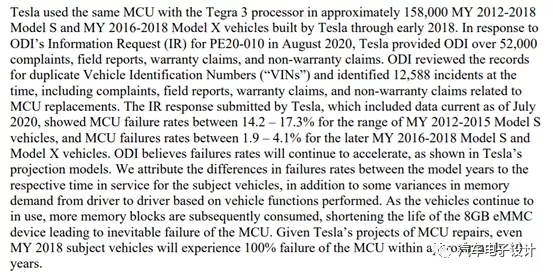 # Recalls Caused by Defrosting and ADAS Signal Lamp Functions
# Recalls Caused by Defrosting and ADAS Signal Lamp Functions
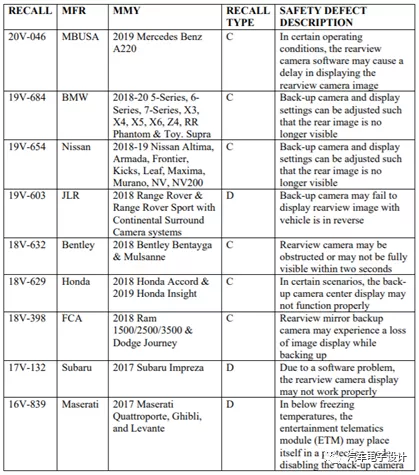
2) Recalls caused by defrosting and fogging issues
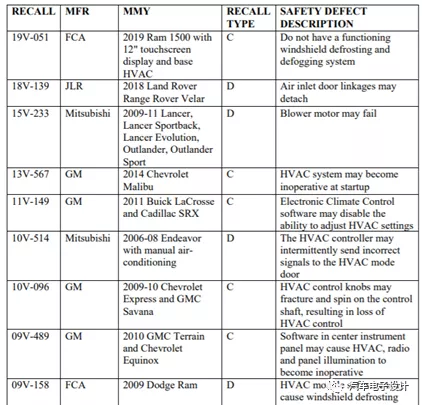
3) Recalls caused by ADAS and signal lamp functions
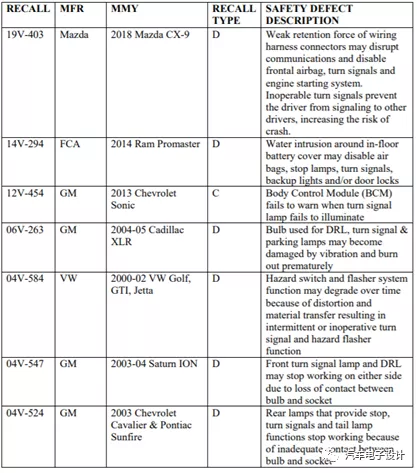
From this case, the biggest problem of applying electronic product development to the automobile industry is the traceability mechanism. Big issues, such as black screens can lead to global recalls, and the resulting cost, assessed here at 60% of 1800 USD, is about 1000 USD per car, which results in a loss of 180 million USD.
Conclusion
New forces in the automobile industry should approach car quality with the same standards as in the past. I believe that placing such great importance on car quality around the world, and forcing digitization on a small scale, has many potential losses and is driven by global regulatory agencies.
This article is a translation by ChatGPT of a Chinese report from 42HOW. If you have any questions about it, please email bd@42how.com.
